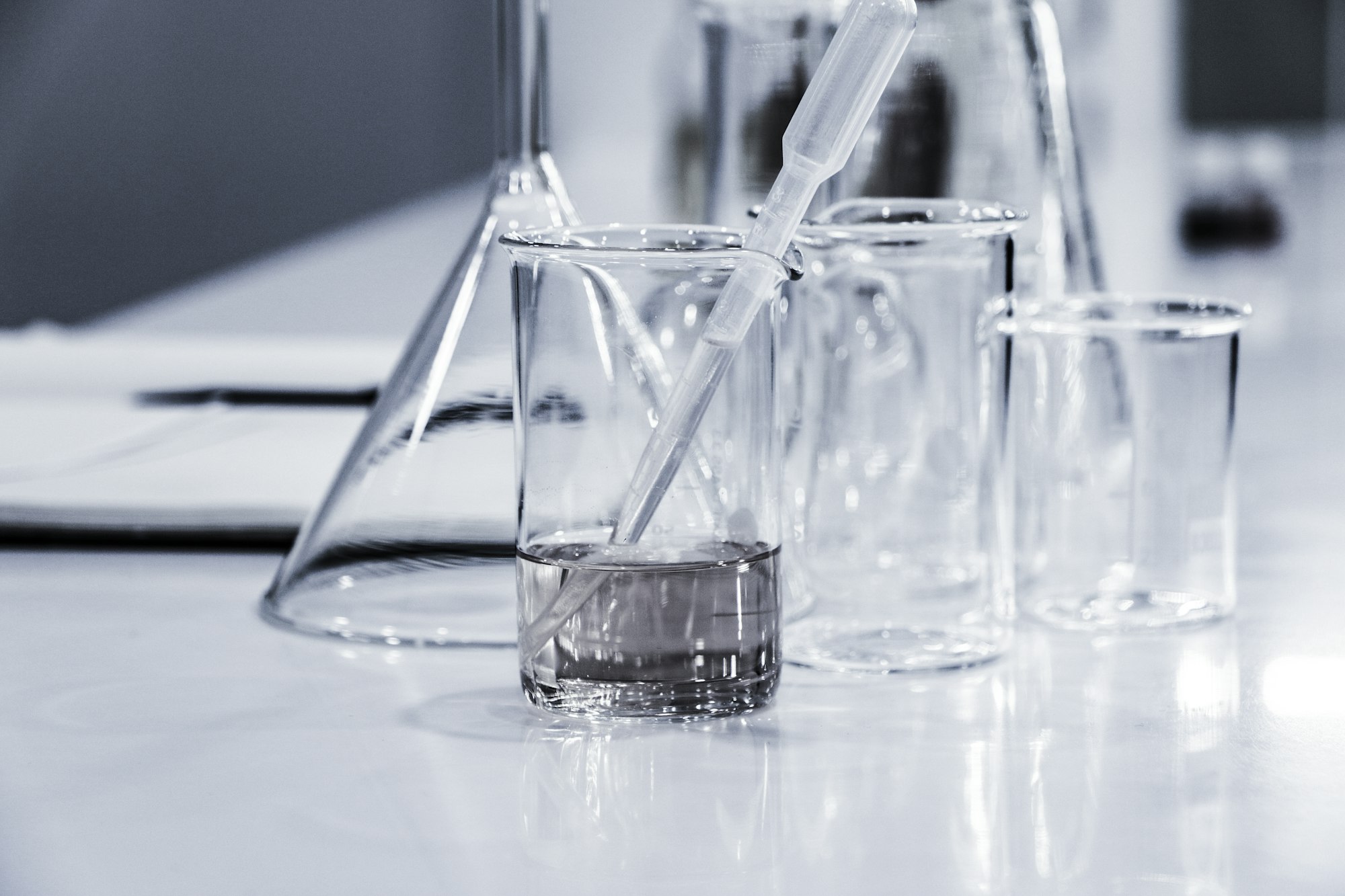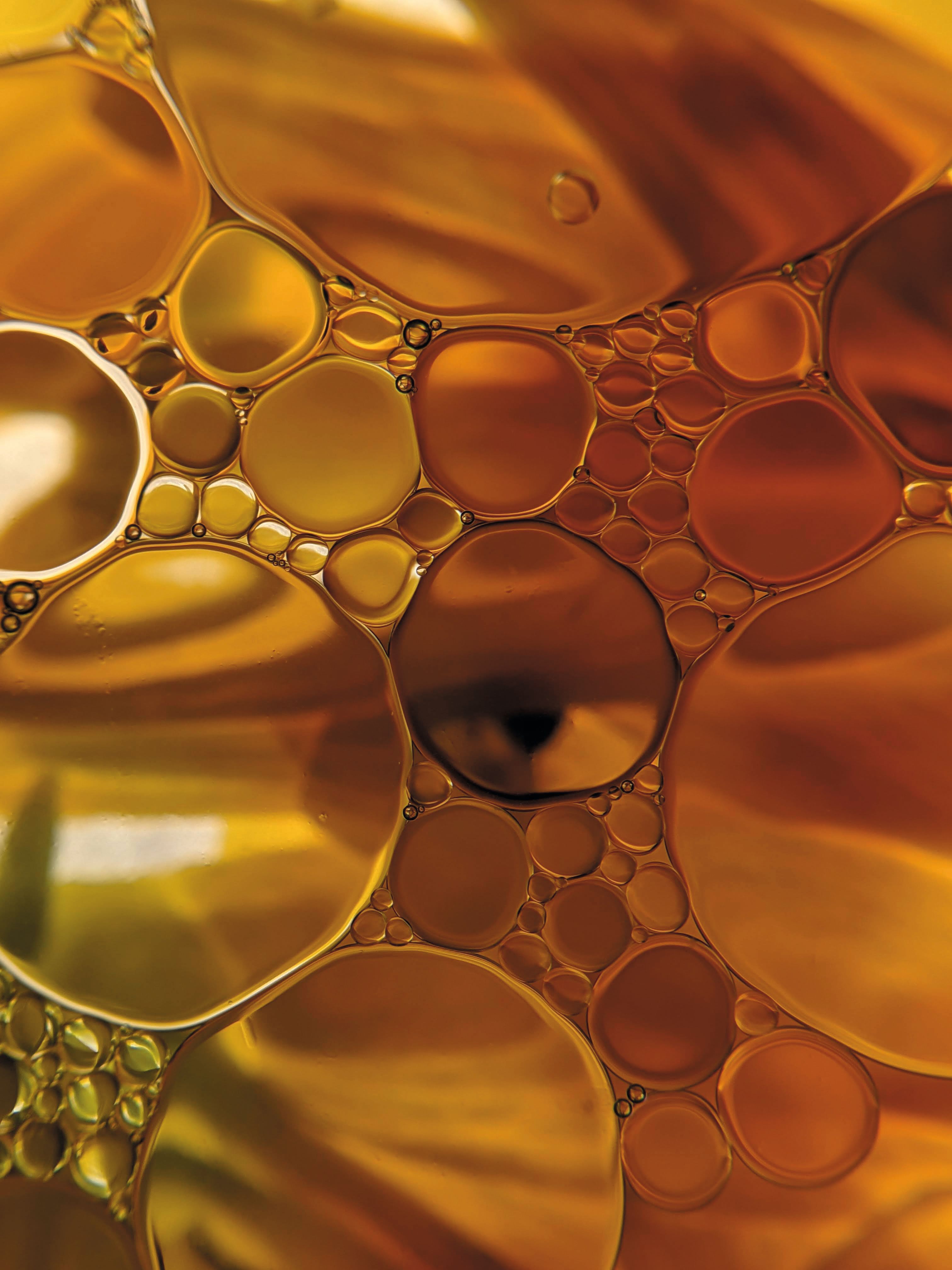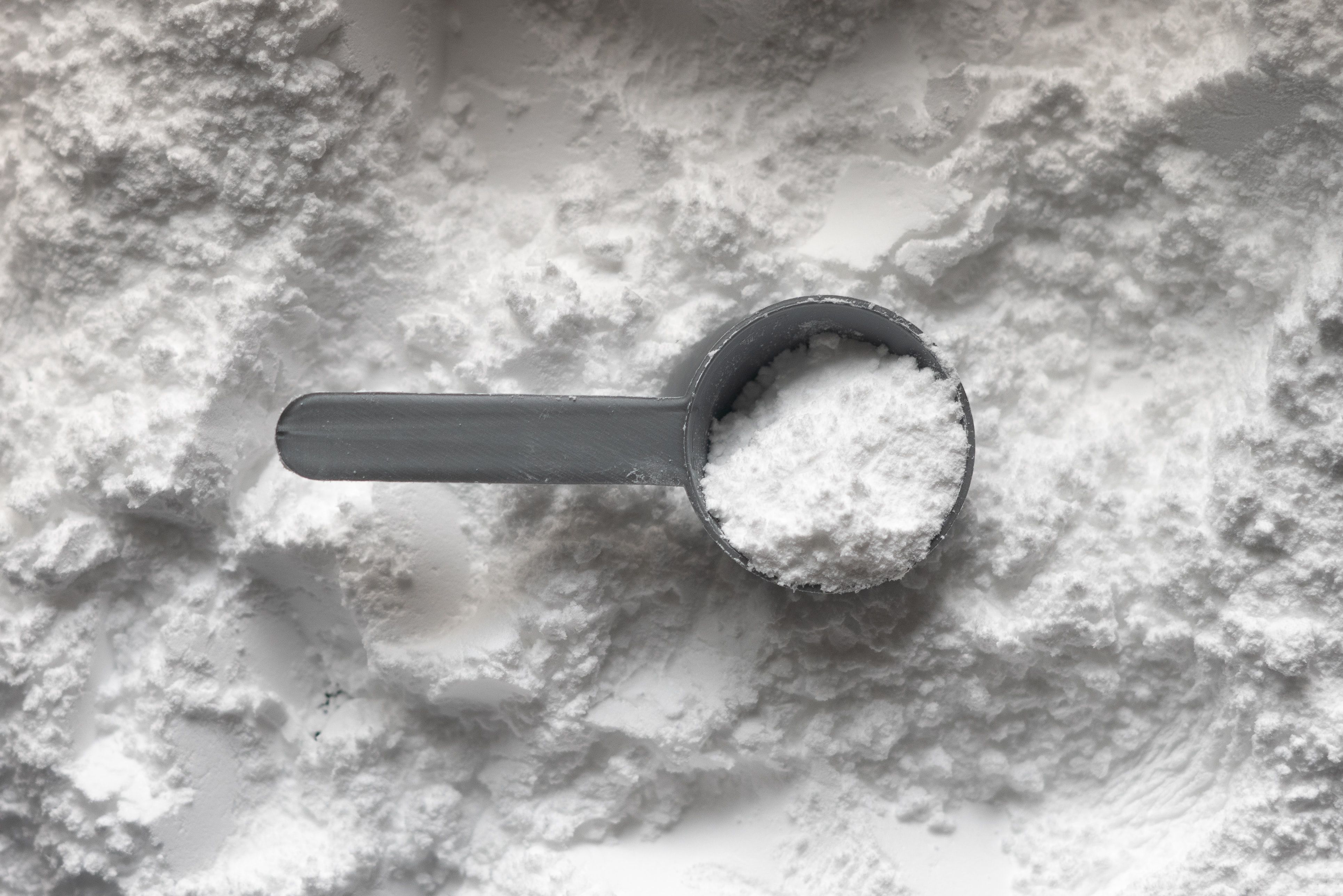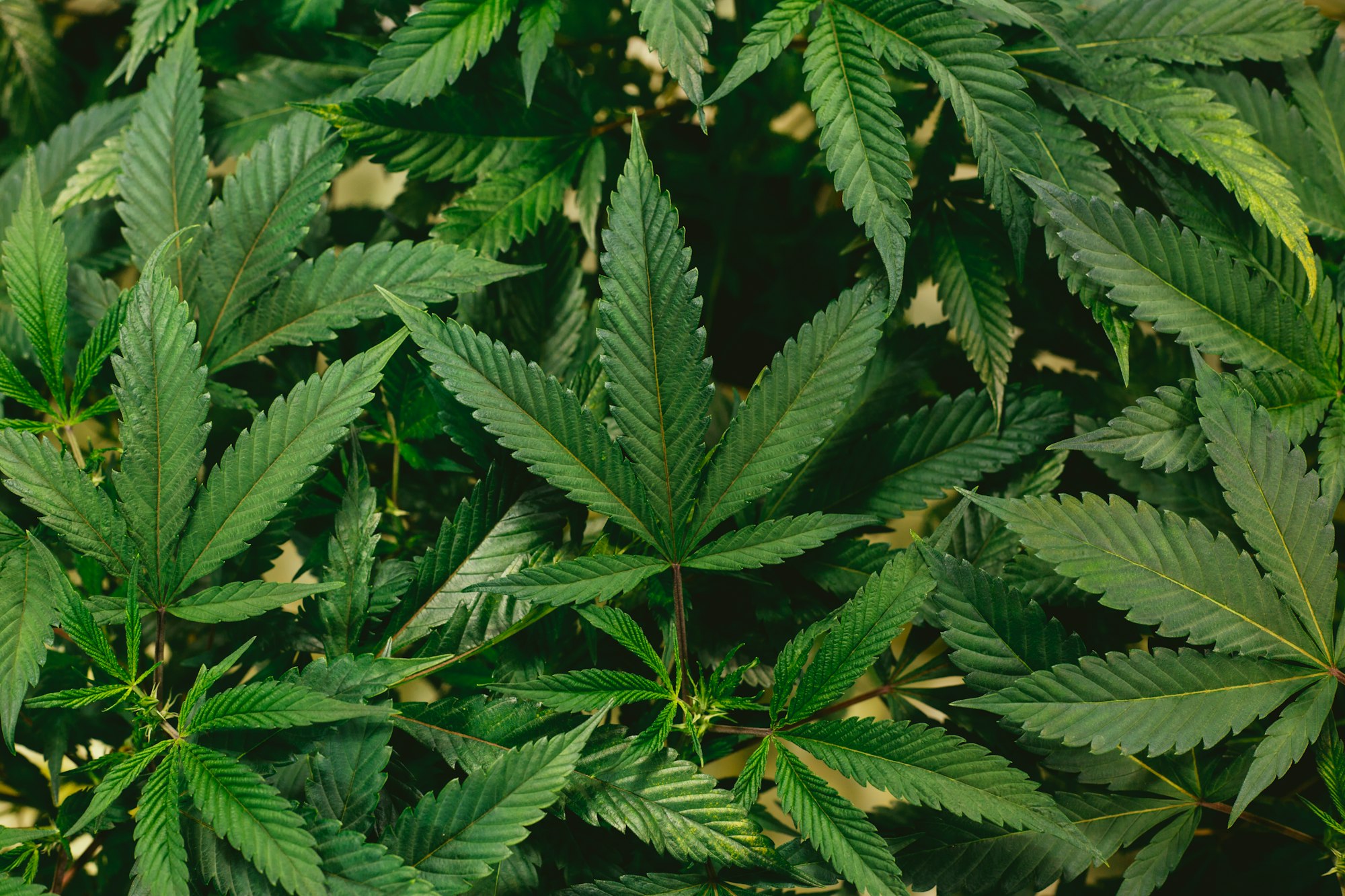CBD & CBG Distillates
Distillation is a method commonly used by the cannabis and hemp industry to further purify extracted crude oil. After all unwanted materials are removed during the extraction process, the purest form of crude oil remains.

Distillation is a method commonly used by the cannabis and hemp industry to further purify extracted crude oil. After all unwanted materials are removed during the extraction process, the purest form of crude oil remains. Other post-processing steps, such as winterization, filtration, and decarboxylation, are also usually completed before distillation is performed.
Distillation finally converts the crude oil into a pure product (e.g. THC or CBD distillate) which is transparent, odorless, tasteless and has a sticky consistency. In this process, a solution is heated to steam and condensed back to a liquid, where CBD and other cannabinoids and terpenes have been separated from less desirable compounds, such as fats, waxes, and pigments. This method can be used to separate components with different boiling points from the original substance. There are several variations of this process, all of which depend on the components and the temperature and pressure of the system.

Distillation may require several passes to remove all unwanted compounds before producing the intended final product. The first pass usually removes low boiling point volatiles. A second pass focuses on distilling the desired cannabinoids and removes other impurities such as waxes, sugars, and leftover plant material. This produces distillates with a concentration of 88-99% CBD or CBG.
Optionally, they are completely THC free or have a minimal THC residual of less than 0.2%. The distillate can be added to many drinks and edibles without spoiling their taste. This avoids complicated and time-consuming cooking processes. It is also becoming increasingly important as an ingredient in creams and oils. Due to its high potency, the distillate can also be administered in medical applications to patients who require a particularly high dose of cannabinoids. With the use of pure substances, in some cases one can also escape allergic reactions to other substances contained in the plant.

Multiple passes may be required, especially if a company does not use a winterization process for its products. Winterization removes all impurities such as fats and waxes from the initial oil extraction. Without this process, these impurities remain in the solution and must be removed during distillation to produce a pure end product.
The different boiling or evaporation temperatures consequently play an essential role in the distillation process of the respective components of cannabis and hemp extracts. For example, THC boils at 155°C and thus vaporizes earlier than CBD, which boils at 165°C. Most terpenes vaporize at lower temperatures, while most minor cannabinoids boil at higher temperatures. Fats, waxes, and other undesirable compounds always boil at higher temperatures - but these can also produce undesirable compounds like benzene. To prevent this, we distill CBD in high vacuum, where we use much lower temperatures - between 0°C -100°C. In this way, we prevent burns and the formation of toxic chemicals.

The distillation process removes all unwanted ingredients and leaves the product with what the producer needs for their final product. The cannabis plant has inherently inconsistent and unpredictable characteristics. Depending on the strains and the development within the strains, the taste, smell, and THC/CBD potency of the plant can vary greatly. These inconsistencies inevitably bleed into any final product, causing undesirable variations. To produce a consistent product, the THC and CBD cannabinoids can be isolated by distillation, separated from the other cannabis components, and then infused into the product.
Flavors and other active ingredients can be added back into the distillate in a controlled manner. Manufacturers thus have the ability to modify the flavor, odor and potency of the distillate as desired, ensuring product consistency for the end user. One disadvantage here is that the so-called "entourage effect" does not occur in distillates with artificially combined components.



